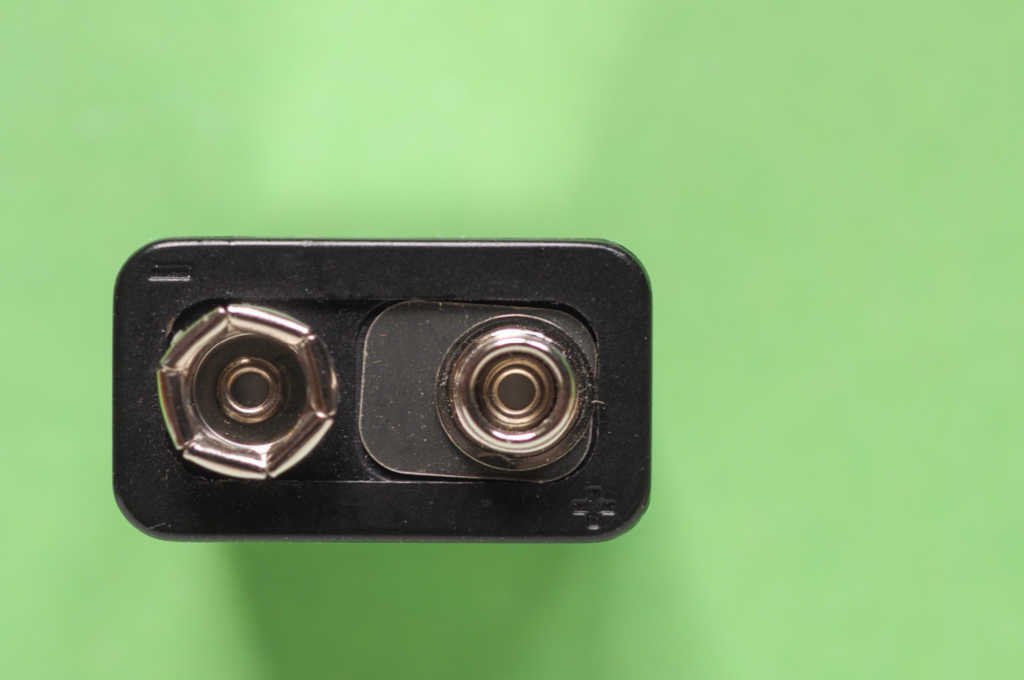Despite its name, a lemon battery can power a diode. The lemon battery is composed of two metals submerged in lemon juice. If you have enough lemons, you can power your entire house! And, if you can get enough lemons, you can power your entire home with lemon juice! Ultimately, a lemon battery is an extremely simple invention and can save you a ton of money.
Electrons are subatomic particles
Electricity is produced by the movement of electrons. The current created by the electrons flow through the circuit to power devices, screens, and other stuff. The energy produced by electrons can be stored or used. This is why batteries are an important part of the climate change solution. Batteries store energy, balancing the supply and demand of electricity. A lemon battery is an inexpensive and easy-to-make method of storing electrical energy.
The lemon battery works by trapping electrons in a liquid or fruit. The juice contains ions of magnesium, zinc, and copper, and the acid binds the metals together. The acid and lemon juice will attract the electrons, creating an electric current. If the acid and lemon juice are mixed, the lemon will produce an electric current. This process is similar to recharging a standard household battery.
In a lemon battery, a zinc nail or penny floats in the electrolyte. Zinc atoms enter the electrolyte as ions missing two electrons. Meanwhile, the copper atom retains two negatively charged electrons. Consequently, molecular hydrogen bubbles out of the copper electrode, leaving the lemon battery with a positive charge. A lemon battery has two electrodes: one made from zinc and the other from copper.
They zoom around an atom’s center
A classic science fair experiment is the electrochemical battery with lemon. Lemons can be used to create the electrochemical cell, as can potatoes and almost any fruit. The other materials needed to make the electrochemical cell include a zinc-coated nail, a copper penny, and a galvanized nail. The zinc and copper must be separated by as much as possible to generate electricity. A single cell can power an electronic device.

To build a battery to run a device, start by first understanding the basic parts of an atom. It is made up of four parts: protons, electrons, and neutrons. Only hydrogen has no neutrons, and most of its hydrogen atoms have a single proton nucleus. Different substances have different numbers of protons and neutrons, which is why some atoms have more neutrons than others.




